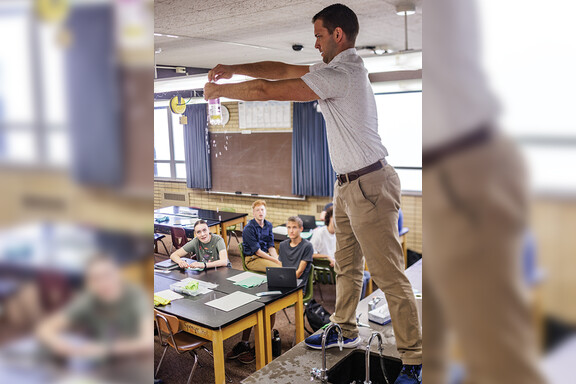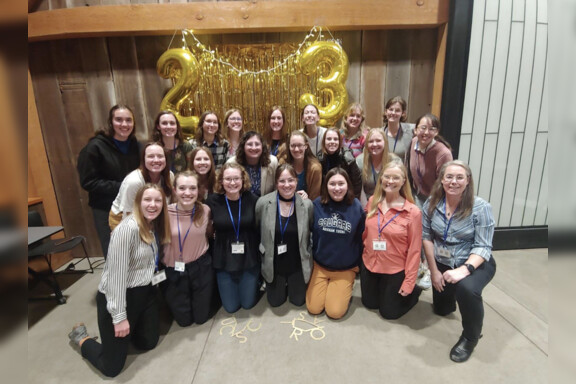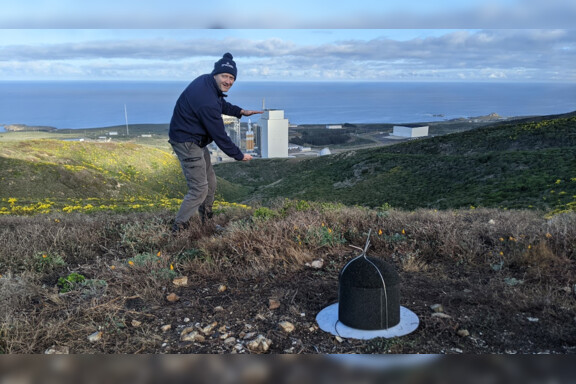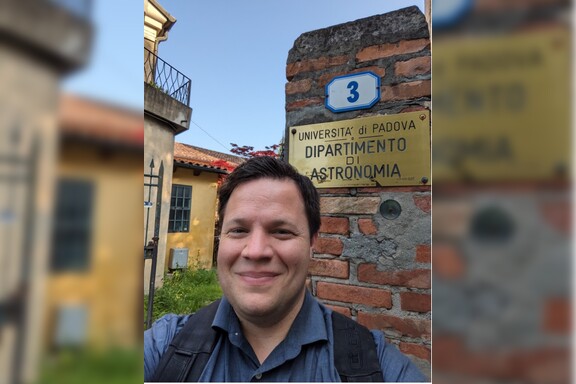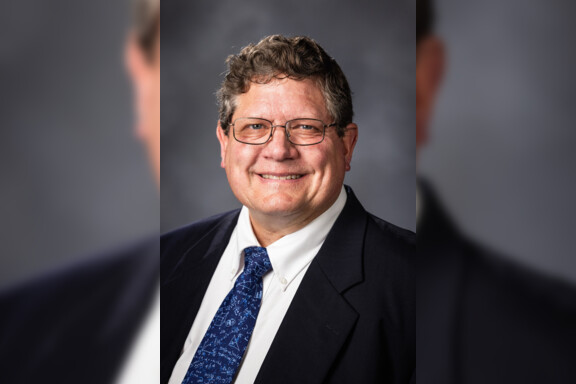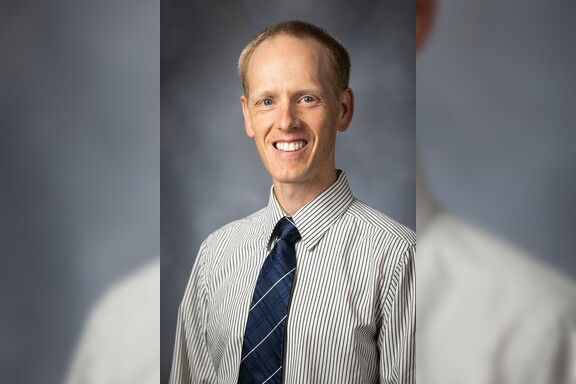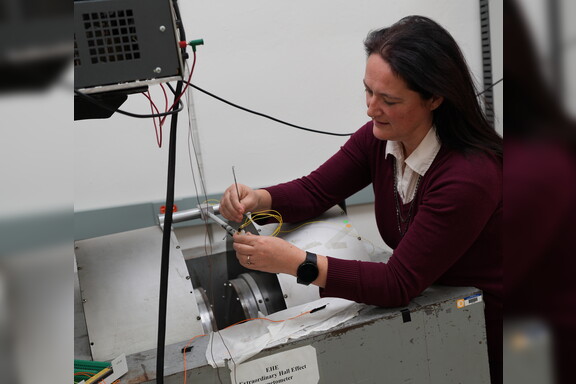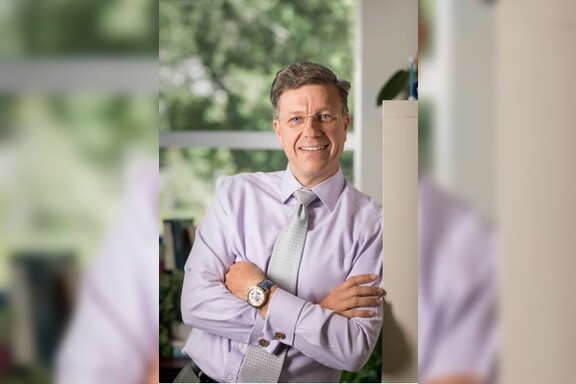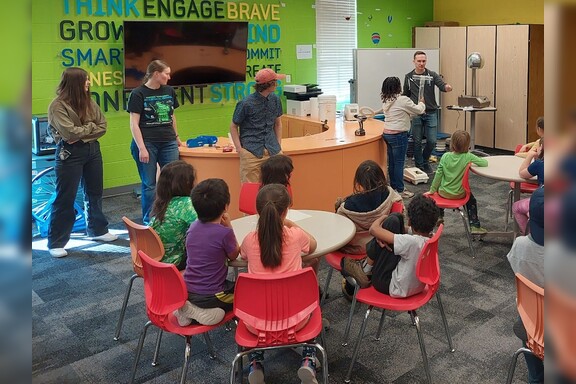Thirty-seven miles apart, twin stars orbit each other on a high-speed collision course. In a matter of milliseconds, the stars collide in spectacular fashion, spewing out radiation and forming an object so massive it collapses under its own weight and becomes a black hole.
Simulations of this stellar collision play out in Brigham Young University's Fulton Supercomputing Laboratory on a machine named MaryLou4, listed by Top500 as the 106th fastest computer in the world. The simulations are funded by the National Science Foundation and orchestrated by astrophysicists in search of the cause of a type of gamma-ray burst, the brightest flashes seen in space.
In the scientific journal Physical Review Letters, researchers from BYU demonstrate one important part of solving the riddle: Don’t overlook stars’ magnetic fields.
“Even though most or all stars have a magnetic field, a lot of prior research does not account for its effects during the final stages of the stars’ lives,” said BYU astrophysicist Eric Hirschmann. “Our results show that in certain circumstances the magnetic fields do play a role in the evolution of systems with two stars.”
More than half of all stars are twins that share a solar system, such as the pair depicted on Luke Skywalker’s planet, Tatooine, in Star Wars. If at least one of the stars is very large, then both will explode in a supernova when they run out of fuel. The burned-out cores left behind, called neutron stars, are so dense that they cause gravitational ripples in space as predicted by Einstein’s theory of general relativity.
Hirschmann and BYU colleagues David Neilsen and Matthew Andersen, along with collaborators from Louisiana State University and Long Island University, focused on what happens when two neutron stars pull each other near. They found the stars’ magnetic fields slow down the merger, allowing one extra orbit during the final 12 milliseconds.
While one more orbit may not sound like much, the delay increases the energy radiated by gravitational waves, increasing the likelihood that planned technology may pick up the signals under the right conditions.
Astronomers base their interpretation of space signals on wave signatures generated by simulations. The more accurate the simulation, the closer science comes to explaining deep-space mysteries like gamma-ray bursts.
“The origin of gamma-ray bursts has been a mystery for 40 years, and the fireballs created in the mergers of neutron star pairs or neutron star-black hole pairs have emerged as the most likely sources of short gamma-ray bursts,” said John Friedman, a physics professor at the University of Wisconsin-Milwaukee who was not involved in the study. “The code developed by this collaboration brings us one step closer to resolving this mystery.”
The extra orbit seen in the BYU simulation also gave the stars’ gravity more time to rip material away from each other before they merged. While the end result of this simulation was a black hole, the researchers suggest merging stars with very strong magnetic fields may meet a different fate.
“In a way, the magnetic field adds a new mechanism to tear the stars apart,” Neilsen said. “If the stars begin to tear apart when they are still widely separated, and they shed matter, it may prevent the black hole from forming.”
Writer: Irasema Romero
More Information on This Article
News and Events
